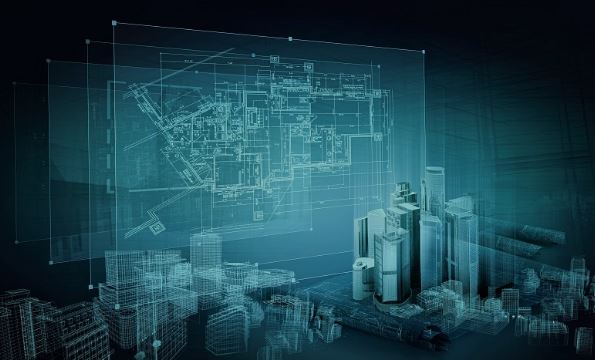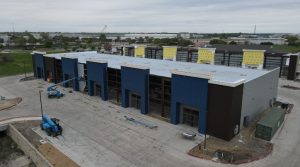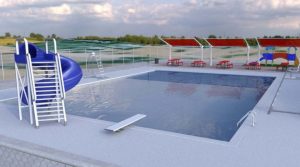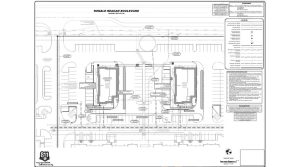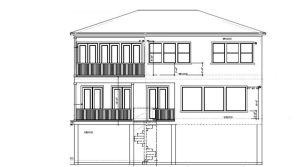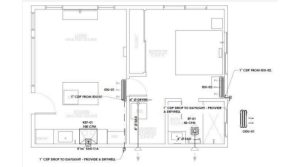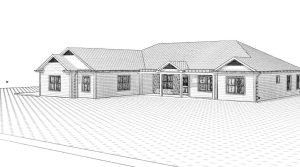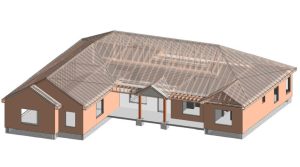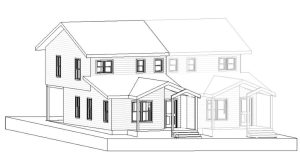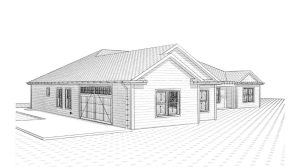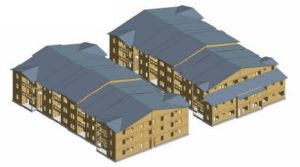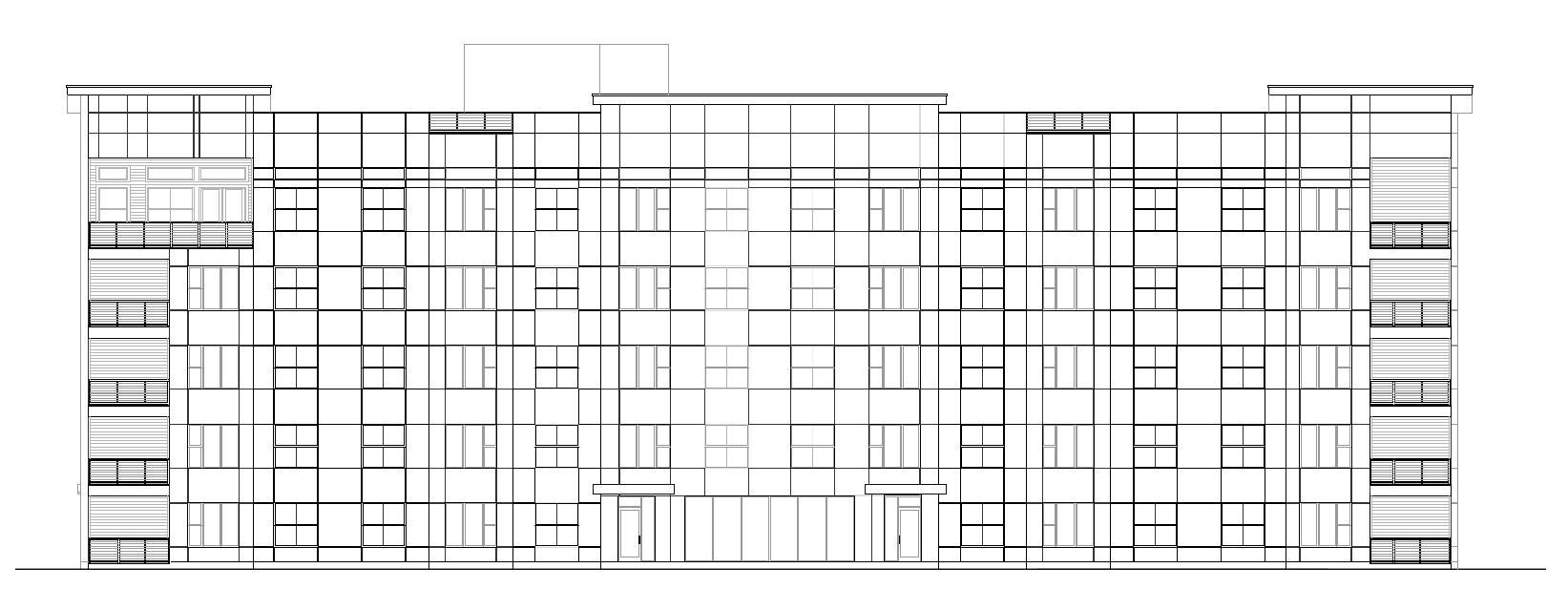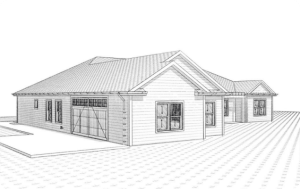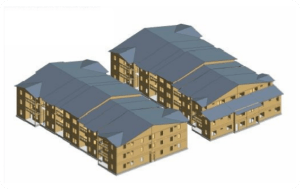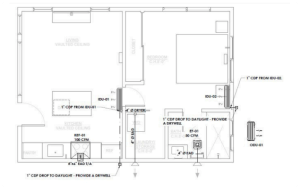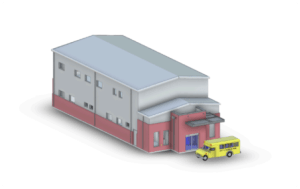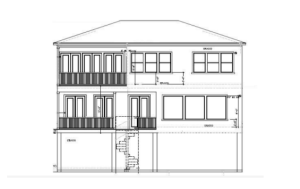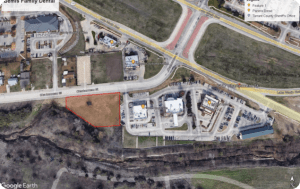Revolutionizing MEP Design: Unveiling the Latest Technologies in the MEP Engineering Industry
Mechanical, Electrical, and Plumbing (MEP) engineering is an essential aspect of modern construction and architecture. It ensures that a building’s systems are designed to be efficient, safe, and sustainable. As technology continues to advance, MEP engineers have an ever-increasing array of tools at their disposal to help them design better buildings. In this blog post, we will explore the latest technologies that are revolutionizing the MEP design industry. From Building Information Modeling (BIM) and 3D printing to virtual reality and artificial intelligence. we will examine how these technologies are changing the way MEP engineers work and how they can benefit your next construction project. Whether you’re an architect, contractor, or facility manager, this post will provide valuable insights into the future of MEP design.
1. Introduction to MEP Engineering and its importance
MEP engineering plays a vital role in modern buildings. As structures become more advanced, efficient MEP systems become essential. These systems provide comfort, safety, and sustainability to occupants.
Mechanical systems include heating, ventilation, and air conditioning (HVAC), ensuring optimal indoor air quality. Electrical systems cover power distribution, lighting, and fire alarms, maintaining a reliable power supply. Plumbing systems manage water supply, drainage, and fire protection, safeguarding building occupants.
Beyond functionality, MEP engineering impacts energy efficiency and sustainability. With the rise of green building practices, engineers focus on renewable energy, optimizing usage, and integrating sustainable technologies.
2. Why the MEP Industry Needs a Design Revolution
The MEP (Mechanical, Electrical, and Plumbing) engineering industry plays a crucial role in the construction and building sector. With the constant evolution of technology and the growing demand for sustainable and energy-efficient buildings, there is an urgent need to revolutionize MEP design in the industry.
Traditional MEP design processes often involve time-consuming and manual tasks, leading to inefficiencies, errors, and increased project costs. However, with the advent of new technologies, the industry is experiencing a significant transformation.
3. Limitations of Traditional MEP Design and Why We Need Change
For years, MEP design relied on manual calculations and hand-drawn sketches. While effective in the past, these methods have limitations.
One major drawback is the risk of errors. Manual calculations can lead to misinterpretations and costly rework. Additionally, a lack of coordination among mechanical, electrical, and plumbing teams can cause design clashes, leading to delays and increased costs.
4. New Technologies Transforming MEP Engineering
Keeping up with technological advancements is essential for MEP engineers. Emerging tools enhance efficiency, accuracy, and sustainability.
One game-changing technology is BIM. This collaborative approach enables architects, engineers, and contractors to work on a shared 3D model. As a result, communication improves, reducing errors and streamlining the construction process.
Computational Fluid Dynamics (CFD) is another revolutionary tool. Engineers use CFD simulations to analyze HVAC system performance, optimizing airflow and temperature control. This helps reduce energy consumption and operational costs.
5. Building Information Modeling (BIM) and its impact on MEP design
Building Information Modeling (BIM) has revolutionized the way MEP design is approached in the engineering industry. Gone are the days of relying solely on 2D drawings and fragmented communication between different disciplines involved in a project. With BIM, MEP designers can now collaborate seamlessly with architects, structural engineers, and contractors in a virtual environment.
One of the key advantages of BIM in MEP design is its ability to provide a comprehensive, 3D representation of a building’s systems. By detecting clashes in the virtual model, potential issues can be resolved before they occur on-site, reducing costly rework and delays during construction.
Furthermore, BIM enables MEP designers to integrate valuable data into the model, such as equipment specifications, energy analysis, and cost estimates. This information-rich environment empowers stakeholders to make informed decisions regarding system selection, energy efficiency, and budgeting.
6. Virtual Reality (VR) and Augmented Reality (AR) in MEP design
Virtual Reality (VR) and Augmented Reality (AR) are revolutionizing the field of MEP design, offering unprecedented opportunities for visualization and collaboration. These cutting-edge technologies have the potential to transform the way engineers, architects, and stakeholders interact with MEP systems.
With VR, designers can immerse themselves in a virtual environment that replicates the actual physical space. This enables them to gain a better understanding of how MEP systems will fit into the building and how they will interact with other elements. By virtually walking through the space, designers can identify potential clashes, access points, and optimal routing for MEP systems, making the design process more efficient and accurate.
AR takes this a step further by overlaying digital information onto the real-world environment. Using AR-enabled devices such as smartphones or tablets, engineers can superimpose MEP designs onto the physical space in real-time. This allows them to visualize how the systems will look and function within the context of the existing building, enabling quick adjustments and enhancements as needed.
7. Artificial Intelligence (AI) and Machine Learning (ML) in MEP design optimization
Artificial Intelligence (AI) and Machine Learning (ML) have emerged as powerful tools in the field of MEP engineering design optimization. These technologies have revolutionized the way engineers approach complex design challenges, offering unprecedented levels of efficiency, accuracy, and innovation.
Through AI and ML algorithms, MEP design optimization can now be automated, streamlining the entire process and significantly reducing human error. These intelligent systems analyze vast amounts of data, including building specifications, energy usage patterns, and environmental factors.
One key application of AI and ML in MEP design optimization is in energy modeling and analysis. By leveraging historical data and real-time monitoring, these technologies can predict and optimize energy consumption, identify potential areas of inefficiency, and propose solutions to improve energy efficiency and sustainability. This not only helps reduce operational costs but also contributes to a greener and more sustainable built environment.
8. IoT and its role in enhancing MEP system performance and efficiency
The advent of the Internet of Things (IoT) has brought about a significant revolution in the field of MEP (Mechanical, Electrical, and Plumbing) engineering. IoT refers to the interconnection of various devices through the internet, enabling them to communicate and share data seamlessly. This technology has opened up new possibilities and opportunities for enhancing the performance and efficiency of MEP systems.
In the realm of MEP engineering, IoT plays a crucial role in improving the overall monitoring, control, and management of building systems. By integrating sensors, actuators, and intelligent devices, IoT enables real-time data collection and analysis, allowing for proactive and predictive maintenance of MEP systems.
One of the key benefits of IoT in MEP systems is its ability to enable remote monitoring and control. With IoT-enabled sensors and devices installed throughout a building, MEP engineers can remotely monitor and manage various parameters such as temperature, humidity, air quality, energy usage, and water consumption. This real-time data empowers engineers to make data-driven decisions, identify inefficiencies, and implement corrective actions promptly.
9. Studies showcasing the application of these technologies in MEP design
Case studies are a powerful tool in understanding the practical application of new technologies in the MEP (Mechanical, Electrical, and Plumbing) design industry. These real-world examples provide insights into how these technologies can revolutionize the way MEP engineers.
One such case study revolves around the implementation of Building Information Modeling (BIM) in an MEP design project for a large commercial building. With the use of BIM software, the design team was able to create a detailed 3D model that integrated all MEP systems and components. This allowed for seamless coordination between different disciplines, reducing clashes and conflicts during construction. The result was a more efficient design process, improved collaboration between stakeholders, and significant cost savings.
Another compelling case study showcases the application of energy modeling software in a sustainable MEP design project. By using advanced energy modeling tools, the design team was able to simulate and analyze various energy-efficient strategies. such as optimizing HVAC systems, using renewable energy sources, and implementing efficient lighting solutions. The data-driven approach helped them identify the most effective measures to achieve energy savings and create a sustainable building that met the client’s goals.
10. Benefits and future prospects of Advancements in MEP Engineering with the latest technologies
The benefits of Innovations in MEP Engineering with the latest technologies are vast and promising. By embracing cutting-edge advancements, the MEP engineering industry is poised to transform the way projects are envisioned, planned, and executed.
One of the key advantages lies in the enhanced efficiency and accuracy that these technologies bring to the table. With the use of advanced software and tools, MEP engineers can streamline their design processes. Eliminating manual errors and reducing the time required to complete projects. This not only improves productivity but also minimizes costly rework and delays.
Looking ahead, the future prospects of The Future of MEP Design with the latest technologies are highly promising. As technology continues to advance, we can expect even more sophisticated tools and solutions to emerge. From the integration of artificial intelligence (AI) for automated design optimization to the use of drones for site inspections and data collection.
In conclusion: the benefits and future prospects of Next-Gen MEP Design Trends with the latest technologies are undeniable. By embracing these advancements, the industry can achieve greater efficiency, sustainability, collaboration, and success in delivering exceptional MEP engineering solutions. As we continue to push the boundaries of innovation, the revolution in MEP design is set to reshape the industry.
Read more: https://ssc.ca.gov/wp-content/uploads/sites/9/2020/08/cssc95-01e-ch3.pdf
